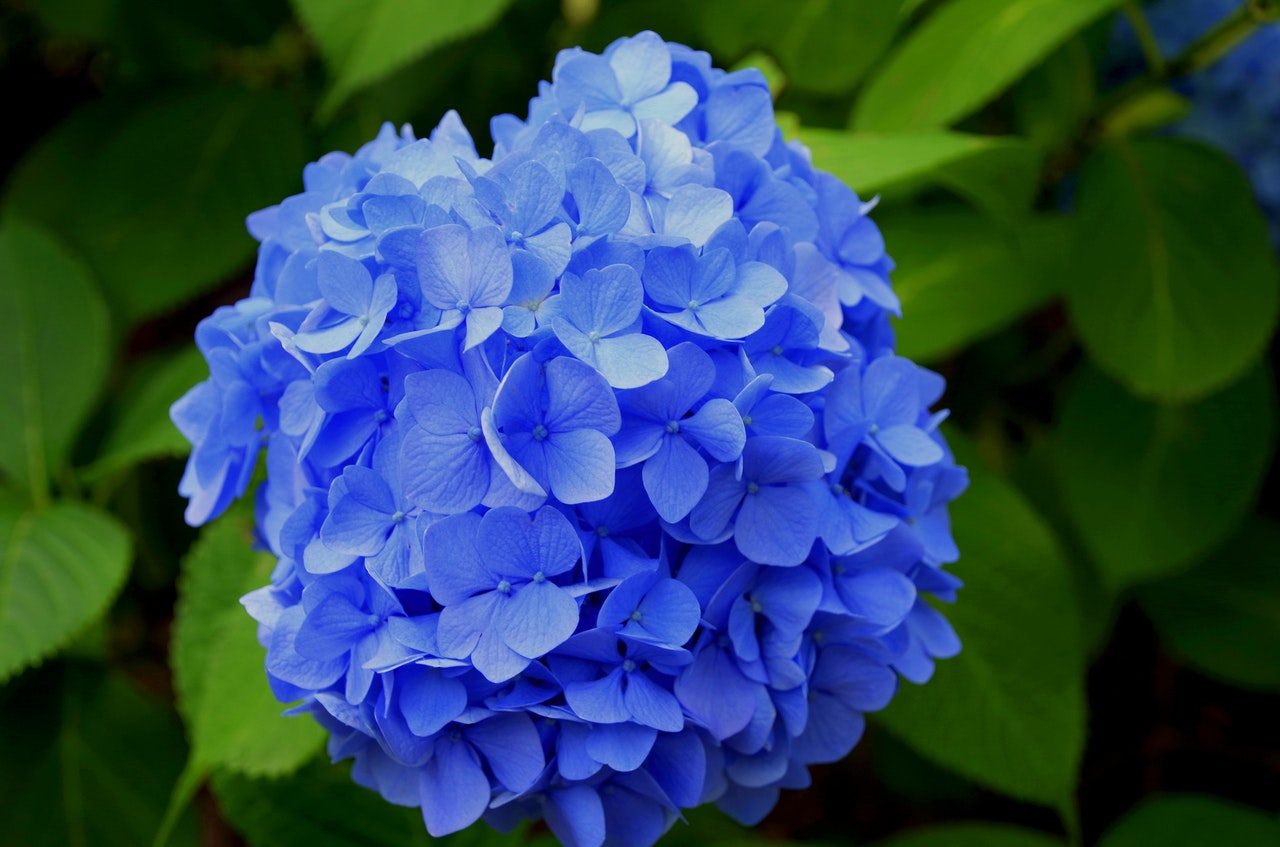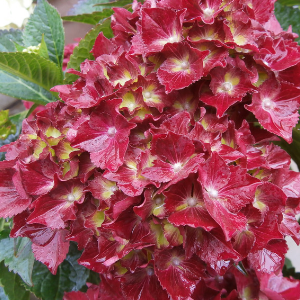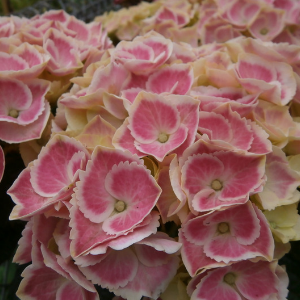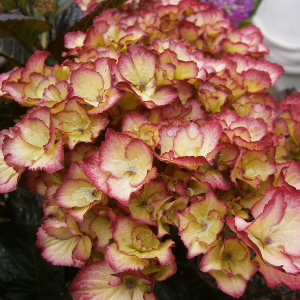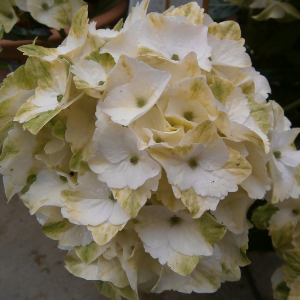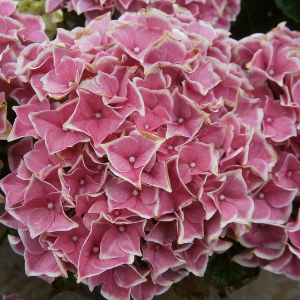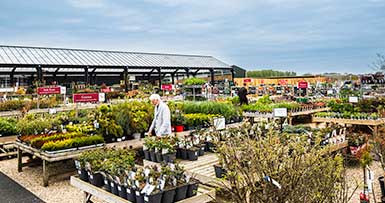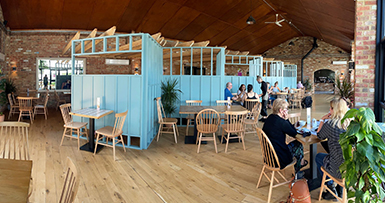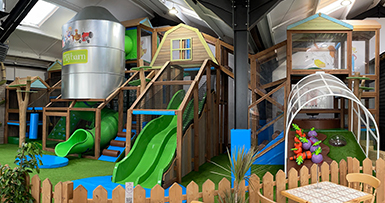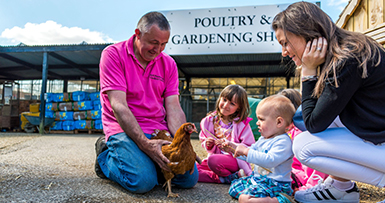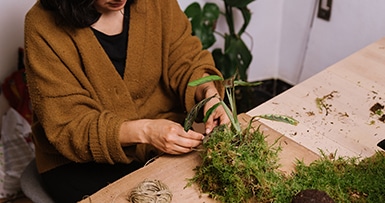The weather may be dull and dreary, but we have some beautiful Hydrangeas in stock that are in full flower and will brighten any garden!
Below is a sample of what we have flowering right now – we have many more that will be out in flower soon.
Scroll down further for Hydrangea planting and care advice.
Planting a new Hydrangea
Prepare your soil with plenty of well-rotted garden compost or manure. This acts like a sponge and holds on to moisture when the surrounding soil is drying out. Hydrangeas need good drainage and lots of water, especially during the first weeks of planting.
Position
Hydrangeas thrive in a moist, but well-drained soil, in a cool, semi-shady part of the garden. Cold winds may damage young spring growth, so it is best to avoid exposed sites. We would advise avoiding dry, sunny spots, but they can cope with full sunshine provided you don’t allow the soil to dry out.
If you are growing them in pots and tubs
Water them every day in summer – morning and evening when it is hot and sunny – adding liquid feed once a week in spring and summer. If you are growing the blue variety in containers and want to keep them blue (they will only stay blue in acid soil) you can water them with hydrangea colourant.
Flower colour
The PH of your soil will cause some hydrangeas to change colour; those with blue or pink flowers tend to be blue in acid soil conditions, mauve in acid to neutral soil conditions, and pink in alkaline conditions. White and green flowers will keep their colour regardless of soil PH. Mains water can turn blue flowers mauve or pink, so where possible use rain water.


